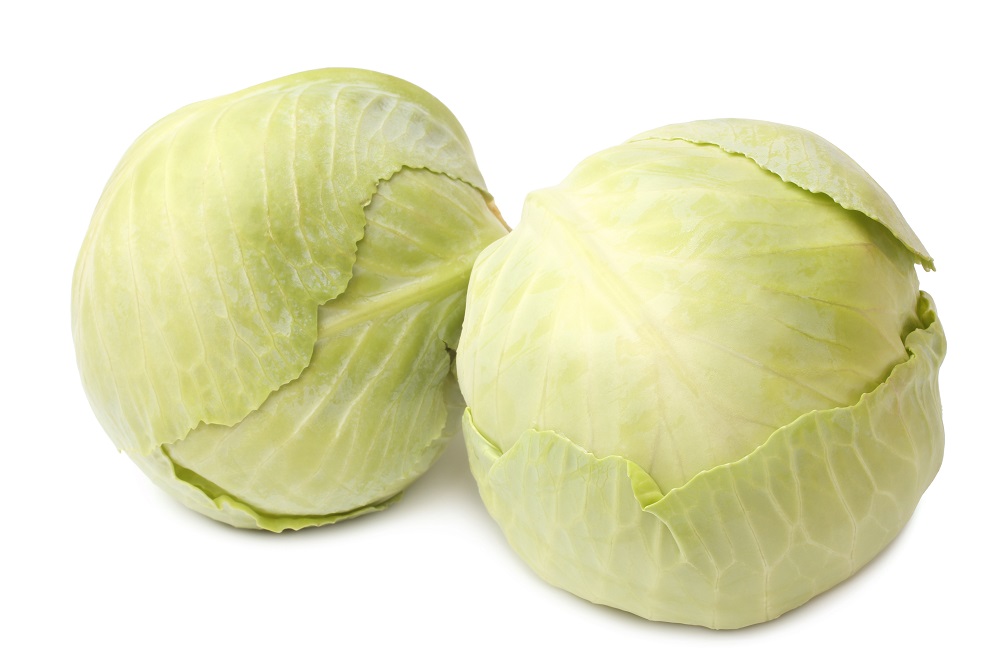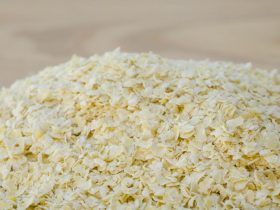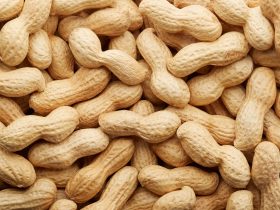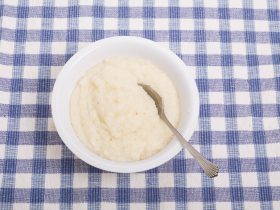Cabbage, one of the most common cruciferous vegetables in the world, is a neutrally-flavored leafy green plant in the shape of a bulb. While the standard circular green cabbage is often what is seen in markets, cabbages can also come in shades of red or purple, and in long tubular stalks1.
Because of the nature of fresh produce, cabbages must be stored properly if not consumed in their entirety. According to a study conducted by Tufts University Friedman School of Nutrition, cabbage can last up to two months in the proper conditions with only a minimal loss in quality2.
What is the Ideal Storage Temperature for Cabbage?
Utilizing research conducted by the U.S. Department of Agriculture, it was found that the ideal temperature for mature cabbages in storage is a low 32°F, at which point the process of water freezing takes place3.

At a temperature of only 32°F, enzymatic action within the vegetable has been ground to a halt owing to the slowing of molecules. Additionally, the act of freezing cabbage will both kill certain types of microorganisms as well as slow the growth of any cultures still surviving.
What is the Ideal Humidity for Cabbages?
While keeping the temperature of your cabbages low in order to preserve them is vital, it is also important to control the relative humidity present within the storage container or room.
A storage environment with too much water present in the air will both encourage the break-down of the cabbages at a cellular level as well as catalyze the development of bacteria and fungi.
Knowing this, the U.S. Department of Agriculture has discovered that the ideal humidity for long-term storage of cabbages is a relative ninety-eight percent, though this drops to only ninety-five percent in the oriental species variations of cabbages.
How Long Does Cabbage Last on the Counter?
Because of cabbage’s high water content and the nature of how they are grown, cabbages will only last up to two days on your counter-top.
To ensure you keep the cabbage safe to eat for as long as possible, place it in a cool and dry place away from any direct sources of sunlight and humidity.
If the cabbage has already been cut, whether shredded or simply in half, it is best to choose another method of preservation, as cut cabbage will only last up to a day on the counter.
How Long Can Cabbage Last in the Refrigerator?
While storing cabbage on the counter will only keep it edible for an approximate two days, refrigerating cabbage more than doubles that length of time.
This method primarily applies to cabbage that has not yet been cut, but dividing the cabbage into wedges will work as well.
In order to refrigerate cabbage, first wash thoroughly, taking care not to remove the outer leaves so as to maintain a physical barrier between the inner leaves and the environment.
After washing the cabbage, simply place the cabbage in an air-tight container large enough to store the entire cabbage.
Storing the cabbage in this manner will extend its shelf life for up to ten days, in ideal conditions.
How Long Does Cabbage Last in the Freezer?
Freezing cabbage will allow it to keep well for up to two months, so long as the proper procedures are employed.
In order to freeze the cabbages, you will need a freezer, several containers large enough to contain the cabbages, a towel and a knife.
To freeze cabbages, wash thoroughly, removing any dirt or insects that may still be present from the farm. Remove the outer leaves and pat dry with a cloth towel.
Cut the cabbage into wedges or similar shapes that are small enough to store easily in your freezer. This step is entirely optional if your containers and freezer are large enough to store an entire cabbage.
Place the cut or whole cabbage into the containers and store in the freezer. Make certain that the container is free of excess water, and, if using a freezer bag, push out any extra air that may be present.
What Happens When You Freeze Cabbage?
In a set of biological assays performed by the U.S. Department of Agriculture, it was found that cabbages consist of 92.2% water on average, a significant portion of their structure is simply fluid.
When placed in freezing temperatures, organic products high in water will form ice crystals at the cellular level, damaging the cellular structures. In short – the quality of cabbage decreases when frozen, especially over longer periods of time or if repetitively frozen and thawed.
This presents as a slimier and stringier texture for the leaves, as well as a softening of the stalks. Taste may also be affected, depending on the age of the cabbage and the defrosting method used.
To minimize these effects, it is best to thaw the cabbage slowly in the fridge if raw leaves are needed, or to otherwise simply use a different preservation method.
How to Know if Cabbage has Gone Bad
Even before taking the necessary steps to preserve your cabbages, it is important to inspect your fresh produce for signs of spoilage or improper handling.
Discolored bruising, white or yellow patches and a series of small holes in the leaves are all signs of improper handling and storage of the cabbage by the market or the vegetable transporter. Large amounts of small holes, especially, indicate that the vegetable was exposed to insects, and that they may still be present amongst the leaves.
Apart from visible signs of cabbage going bad, it should also be immediately apparent if a cabbage is rotten by the odor. A sour or putrid scent coming from the vegetable is a warning sign, and it is best to dispose of the cabbage instead of eating it.
References:
1. Unknown Author. (January 2019) “Cabbage, raw” U.S. Department of Agriculture
https://fdc.nal.usda.gov/fdc-app.html#/food-details/169975/nutrients
2. Unknown Author. New Entry Sustainable Farming Project, Tufts University
3. Hardenburg, R.E. et al. (1986) “The Commercial Storage of Fruits, Vegetables, and Florist and Nursery Stocks”. USDA-ARS Agriculture Handbook





Hi, I'm Dom
Dom Eats was started to help other people fall in love with food. While cooking can feel intimidating, it doesn't have to be.